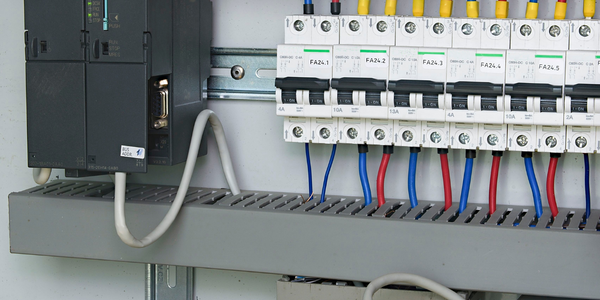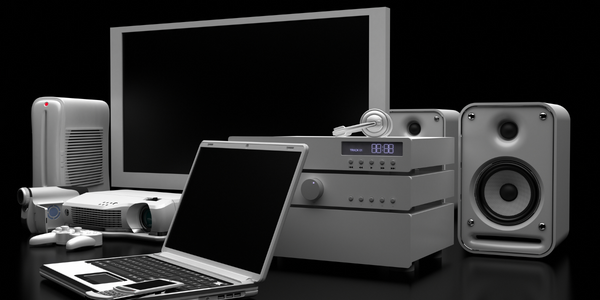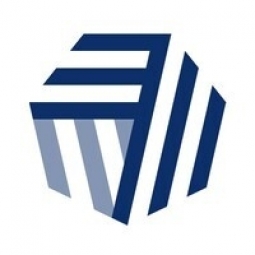Technology Category
- Functional Applications - Inventory Management Systems
- Functional Applications - Warehouse Management Systems (WMS)
Applicable Industries
- E-Commerce
- Electronics
Applicable Functions
- Sales & Marketing
- Warehouse & Inventory Management
Use Cases
- Inventory Management
- Predictive Replenishment
Services
- System Integration
About The Customer
Glorious is a company that sells gaming peripheral products. The company was founded by Shazim Mohammad, who started with a 3XL mousepad before transitioning into more serious gaming electronics. Their fully-customisable GMMK mechanical gaming keyboard was a hit among gamers, leading to early success and rapid growth for the company. Glorious is passionate about their products and has a vision for scaling their business. They have customers all over the United States and have plans for greater expansion. The company has grown from a two or three-person operation to nearly 40 employees in just over a year.
The Challenge
Glorious, a rapidly growing gaming peripheral product seller, was facing a significant challenge with their inventory management. The company had been using Stitch Labs for inventory management since its inception, which had been sufficient while the company was small. However, as Glorious experienced rapid growth and harbored plans for further expansion, Stitch Labs was no longer able to meet their needs. Glorious required a more robust solution that could handle their increasing inventory and order volume. They also wanted to improve their customer service by fulfilling orders based on customer location. Initially, Glorious had only one warehouse in Salt Lake City, which led to varying transit times for customers across the United States. They needed a system that could help them understand their order volume geographically and expand their third-party logistics (3PL) locations accordingly.
The Solution
Glorious found their solution in Cin7, a comprehensive inventory management system. The transition from Stitch Labs to Cin7 was seamless, with the Glorious team receiving step-by-step guidance from their onboarding consultant. Cin7 met all of Glorious's requirements, providing better inventory management, improved reporting, and the ability to fulfill orders based on customer location. The new system allowed Glorious to expand their logistics operation from one to three different warehouses and set up a specific warehouse in Hong Kong for their global distribution partners. Cin7's Fulfilment By Amazon integration enabled Glorious to pull shipments from Amazon FBA from their existing inventory. Additionally, Cin7 brought all their inventory data together, allowing them to run comprehensive reports and spot new opportunities quickly. Glorious also hired a full-time developer to manage API integrations between Cin7 and their 3PL warehouses, leading to the creation of a custom dashboard, the Nexus, for their customer service representatives.
Operational Impact
Quantitative Benefit

Case Study missing?
Start adding your own!
Register with your work email and create a new case study profile for your business.
Related Case Studies.

Case Study
Remote Temperature Monitoring of Perishable Goods Saves Money
RMONI was facing temperature monitoring challenges in a cold chain business. A cold chain must be established and maintained to ensure goods have been properly refrigerated during every step of the process, making temperature monitoring a critical business function. Manual registration practice can be very costly, labor intensive and prone to mistakes.

Case Study
Predictive maintenance in Schneider Electric
Schneider Electric Le Vaudreuil factory in France is recognized by the World Economic Forum as one of the world’s top nine most advanced “lighthouse” sites, applying Fourth Industrial Revolution technologies at large scale. It was experiencing machine-health and unplanned downtime issues on a critical machine within their manufacturing process. They were looking for a solution that could easily leverage existing machine data feeds, be used by machine operators without requiring complex setup or extensive training, and with a fast return on investment.

Case Study
Cloud Solution for Energy Management Platform-Schneider Electric
Schneider Electric required a cloud solution for its energy management platform to manage high computational operations, which were essential for catering to client requirements. As the business involves storage and analysis of huge amounts of data, the company also needed a convenient and scalable storage solution to facilitate operations efficiently.

Case Study
Leveraging the IoT to Gain a Competitive Edge in International Competition
Many large manufacturers in and outside Japan are competing for larger market share in the same space, expecting a growing demand for projectors in the areas of entertainment, which requires glamor and strong visual performance as well as digital signage that can attract people’s attention. “It is becoming more and more difficult to differentiate ourselves with stand-alone hardware products,” says Kazuyuki Kitagawa, Director of Service & Support at Panasonic AVC Networks. “In order for Panasonic to grow market share and overall business, it is essential for us to develop solutions that deliver significant added value.” Panasonic believes projection failure and quality deterioration should never happen. This is what and has driven them to make their projectors IoT-enabled. More specifically, Panasonic has developed a system that collects data from projectors, visualizes detailed operational statuses, and predicts issues and address them before failure occurs. Their projectors are embedded with a variety of sensors that measure power supply, voltage, video input/ output signals, intake/exhaust air temperatures, cooling fan operations, and light bulb operating time. These sensors have been used to make the projector more intelligent, automatically suspending operation when the temperature rises excessively, and automatically switching light bulbs. Although this was a great first step, Panasonic projectors were still not equipped with any capability to send the data over a network.









